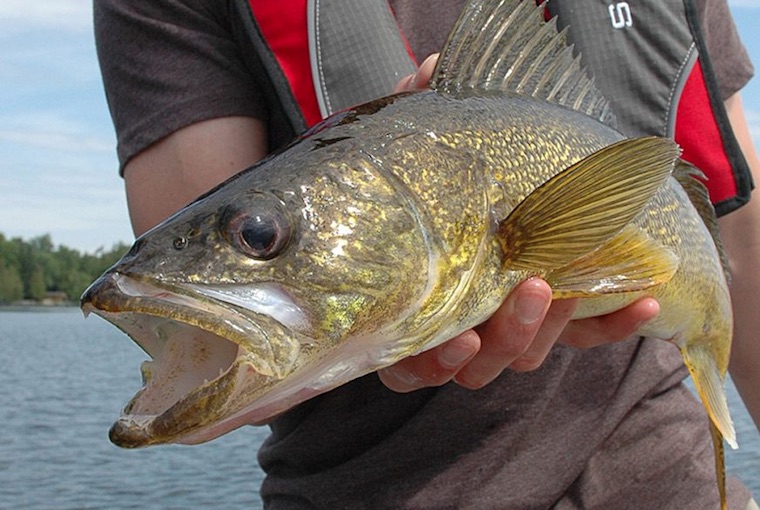
An archaeologist has found information that could change the way we view walleye in the Kawartha Lakes.
Sean Berger of Trent University has reviewed findings at 11 dig sites across the Kawartha Lakes region and determined that walleye bones were recovered at all but one location, dated from 4,000 to 850 years ago. This casts considerable doubt on the official opinion that walleye were not native to the region, but first introduced through stocking in the 1920s.
Bones analyzed
His review found that sites located between Fenelon Township near Balsam Lake and a point near Campbellford close to Rice Lake held bones of fish ranging from catfish to red horse suckers to bass and walleye. Catfish and brown bullhead dominated the samples, comprising more than half of the recovered bones in many sites.
However, those fish have exceptionally thick pectoral spines, making them more likely to survive centuries of decay, so they may not have actually accounted for half of all fish consumed. By comparison, at the most walleye-intensive spot 12% of the recovered bones came from the prized sport fish.
Trade alternatives
Berger acknowledges that the bones could originate from fish attained through trade, or from extended fishing trips away from the indigenous settlements. In fact, walleye live relatively close to the westerly and easterly ends of the study sites. However, he notes bones were found on an island in the centrally located Pigeon Lake, and questions why native people would make an arduous trip to get walleye when they were already on a lake that could fulfill their dietary needs.
“It’s not like getting in your car and driving down to Lake Ontario to fish for the day. It would have taken a serious effort to get to a walleye lake.”
Fish stocked in early 1880s
Prior to the archaeological evidence, it was believed walleye were initially stocked in Kawartha lakes in the early 1880s when an indeterminate number of fish were released into Sturgeon Lake.
It was not until the 1920s, however, that large scale walleye-stocking programs began in Pigeon Lake.
Two hundred thousand walleye were introduced to Pigeon Lake in 1922, and a half million were released in 1923, followed by 100,000 in both 1924 and 1925. Stocking did not take place again until 1940-1948, when more than 4.4 million walleye were placed in the lake.


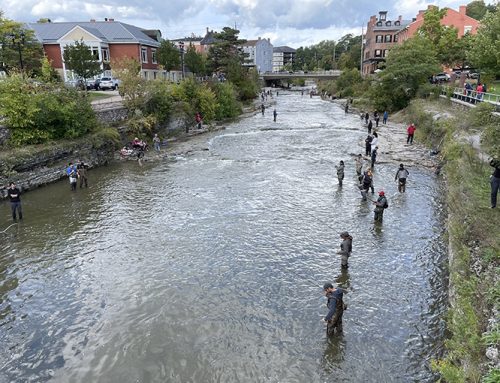
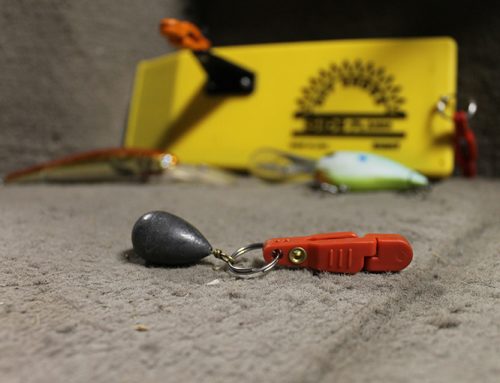
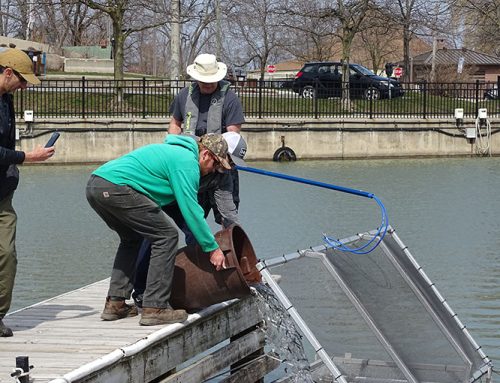
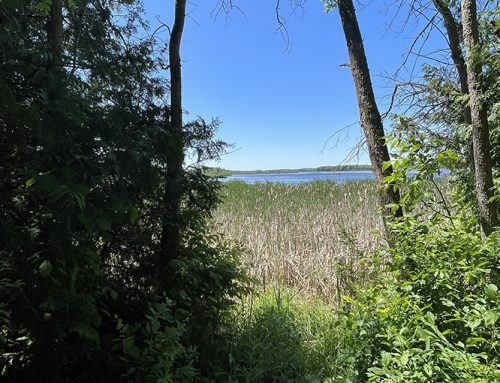
Leave A Comment